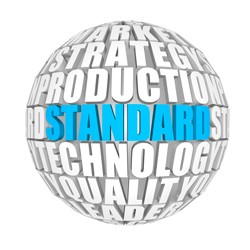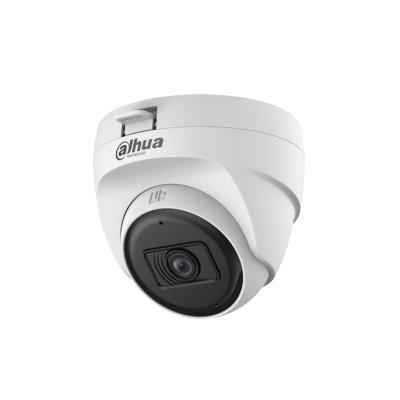 |
| The IP surveillance market is taking an unusually long time to reach maturity, partially due to lack of industry standards |
Video surveillance has been a growth industry ever since the release of the first IP security camera in the mid-1990s. Generally, high-growth industries are immature, meaning they have not yet reached a state of equilibrium. This is particularly true in the IP video surveillance market where many new companies enter the market taking advantage of cost reduction engineering (CRE) to drive product prices down. Clearly this changes market leaders, but this has not simplified the customer’s solution.
Market immaturity is good for vendors but not for customers, as they must deal with inherent complexities. While every growth market will eventually mature, the IP surveillance market is taking an unusually long time. Part of the reason is a lack of standards, which feeds the cycle of market immaturity.
Standards benefit customers because they increase system interoperability while decreasing costs and risks. A lack of standards benefits vendors because it increases complexity and often locks the vendors in. The more complex the environment, the more hardware, software and services they can sell.
Limitations for users
When networking technologies were developed in the 1980s, Ethernet won out over token ring, chiefly because the Institute of Electrical and Electronics Engineers (IEEE) created standard protocols for Ethernet against which any vendor could develop products and services.
Similar to IEEE, the Open Network Video Interface Forum (ONVIF) has driven the global standard for network video interfacing. However, the IP surveillance industry is now caught in the next level of granularity and needs additional standards to be defined. This would be similar to how IEEE drove the adoption of Simple Network Management Protocol (SNMP) in order to make network management systems more functional. Prior to SNMP, network management systems could not easily find and control devices on a network. Manufacturers of routers, servers, workstations and printers used their own protocols which made it difficult to integrate products into a single network management system.
The lack of standards in the IP |
Today, video management systems (VMS) are similar to the network management systems of the 1980s. Every time a camera is developed, the VMS has to be enhanced to support all of the new features. Considering the number of camera vendors in the market, it’s a challenging and time-consuming task. Therefore, VMS providers often have close relationships with just a few vendors and do not support cameras from certain manufacturers. It’s also why users cannot easily mix and match camera models from a variety of vendors – ultimately, they are limited to those that their VMS supports.
The lack of standards generates further confusion because every vendor sets its own criteria for features.
Implementing industry standards - who wins?
Like what customers did in the 1980’s, I have often wondered why end users have not pushed IP surveillance manufacturers to create standards for common features and functionalities. SNMP is one simple and obvious example, as it is directly portable for managing IP video surveillance systems. When customers require standards, vendors typically comply, even though doing so will drive the market toward maturity.
Considering the state of the IP surveillance industry, standardisation would likely drive vendor consolidation and force companies to evolve in order to succeed. Many industries have successfully implemented standards – including energy, telecommunications, consumer electronics and aerospace. These are all vibrant industries; standards have not driven any of them to extinction, as some in the security industry believe they would.
IEEE says it best when describing standards as “the fundamental building blocks for product development.” Standards guarantee consistency, which drives product development, reduces costs, and speeds time-to-market. Standards also make it easier to compare products, ensure interoperability, and verify the integrity of new products.
Standards are good for customers, and when customers benefit, an entire industry benefits.
Standards benefit customers because they increase system interoperability while decreasing costs and risks. A lack of standards benefits vendors because it increases complexity and often locks the vendors in. The more complex the environment, the more hardware, software and services they can sell.





















